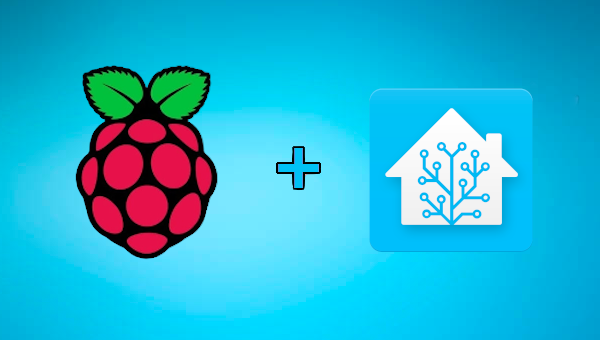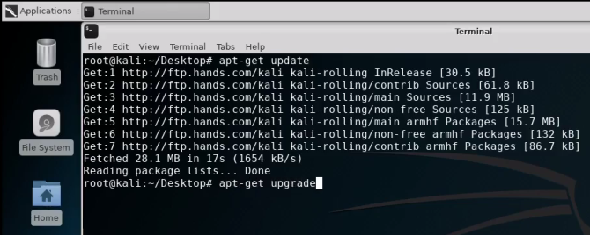

- Raspberry pi install socat how to#
- Raspberry pi install socat serial#
- Raspberry pi install socat full#
- Raspberry pi install socat trial#

Here you'd need to substitute the first 3 IP decimal values with your own, leaving the 255 as it is (unless you need thousands of monitors of course )
Raspberry pi install socat trial#
What does work however (again after much trial & ERROR) is socatĪs always to install a new application.
Raspberry pi install socat how to#
Well, I did try netcat, but no joy I'm no networking expert, so if any of you know how to use it for such, please report back. The next phase was to try broadcasting RPi camera to several receiver RPi's. Most of my testing is done using ethernet, but the above setup was fine during a few minutes testing with a receive RPi on a wifi dongle.
Raspberry pi install socat full#
The latency & video quality in this setup is vastly better than using vlc, et al, & in line with jamesh's experience, & bear in mind I'm transmitting the full image, not a cut down version. Now on Camera $ raspivid -t -1 -hf -o -| nc 192.168.1.107 8080Įnsuring you replace my LAN IP & port with your own choice.

Should you want to try these statements on the existing firmware, -1 will be fine. I've been using -1 for several days, but you need to revert to an unsigned value, say 999999 for the update. Handy to catch the perpetrator who's just unplugged your surveillance cameraĮDIT: Today's rip-update has changed the way the raspivid executable interprets the time value. k isn't essential, but I find it very useful as the last image received, before the source stops transmitting, remains on screen at the receiving monitor. Note that no IP is required here, just the same port that you'll stream from, & that also I used -k On the receiving /opt/vc/src/hello_pi/hello_video $ nc -l -k 8080 |.

If all you want is Camera-Pi to other Pi streaming, you can just use netcat (nc) thus from the RPi with camera: I didn't want to rebuild everything, just hello_video.Īt the $ prompt & a hello_video.bin executable file will be produced in the same hello_video directory. Ensure that Makefile.include is inside the "hello_pi" directory. If you've never used hello_video before, you'll need to compile it. Naturally, using the VideoCore processor is the only realistic way to get good performance (I'm itching to get Wayland running) so I used "hello_video" from the Such a setup could also be useful for a large school hall presentation, with monitors at the back of the room for example. I've used netcat successfully for Pi to Pi video streaming, but also wanted to broadcast the pi camera video to potentially several other monitors (via Pi's) on the LAN, similar to having monitors or iPads in your airline seat, all watching that gripping in-flight survival video. I read jamesh's post in the Foundation camera thread about good low latency, so that was the impetus to experiment. Massive numbers of errors were generated by vlc, amazing to get a picture at all! in connection with streaming the new Pi camera to other Pi's, & mac's, on a LAN (not W-LAN).Īs I wanted the full rate video from the camera, none of the above were satisfactory of course. (using an XML Socket instance/object).Īnd here is where I am.I've been experimenting with vlc, mplayer, avplay, etc.
Raspberry pi install socat serial#
That I can directly send serial data from my connected Arduio (via USB cable) to my listening Flash app?. It is my understanding that if I install/configure/run SOCAT. I believe it is enumerating as /dev/ttyUSB0 I now have an Arduino connected to my RPi via USB. * this is a standalone/purpose build so there will always be a cam attached, and is being developed around one.Īgain.this is all running/working fine as Chromium supports some version/variant(s) of Flash Player. that once loaded checks for the installed/attached PiCam (ArduCam here to be exact). This web page has an embedded Adobe Flash app in it. I have a web page hosted locally on the RPi, that I have since configured to load Chromium upon boot and load this default webpage in KIOSK (fullpage) mode. with a new install of Raspbian (whatever the latest release as of yesterday was!) LOLĪll of that is working fine/great so far.


 0 kommentar(er)
0 kommentar(er)
